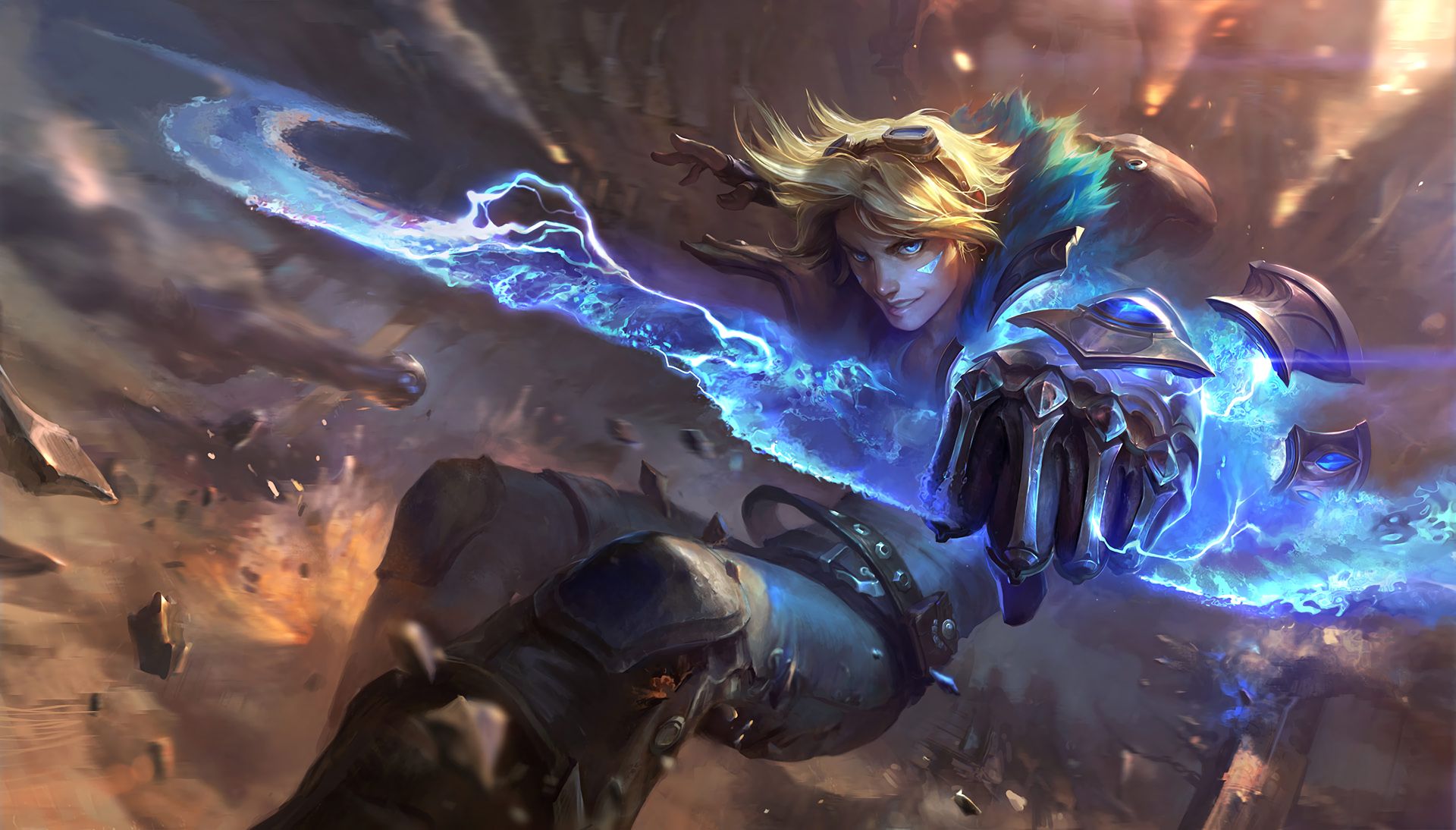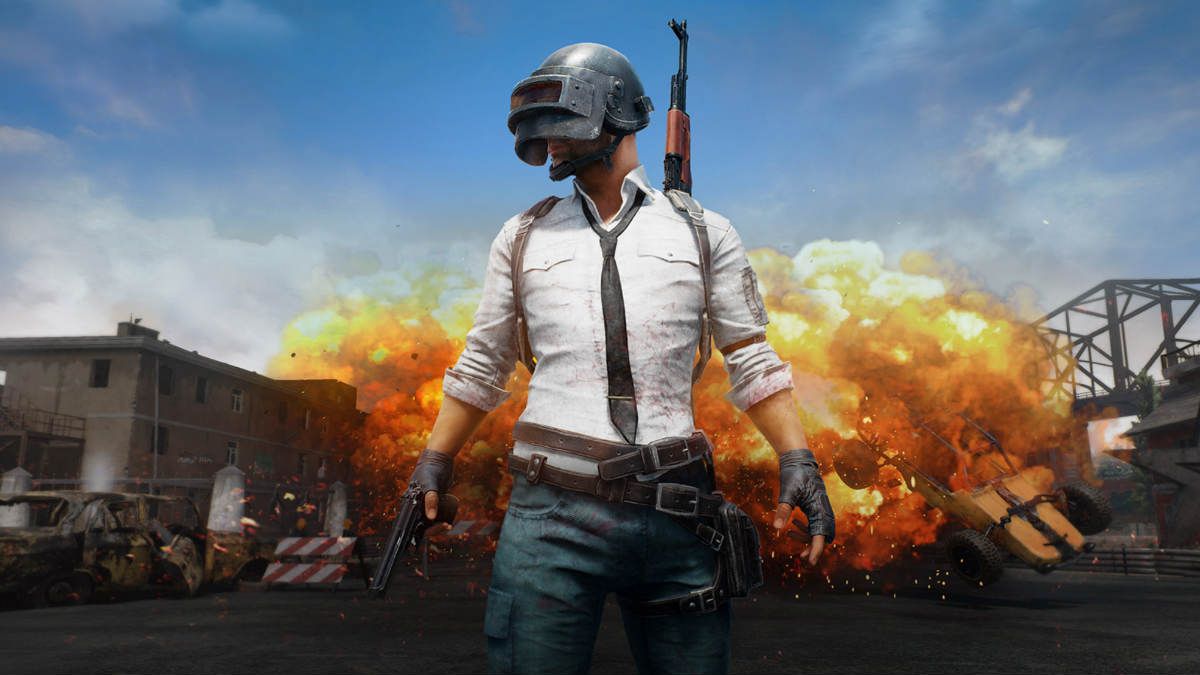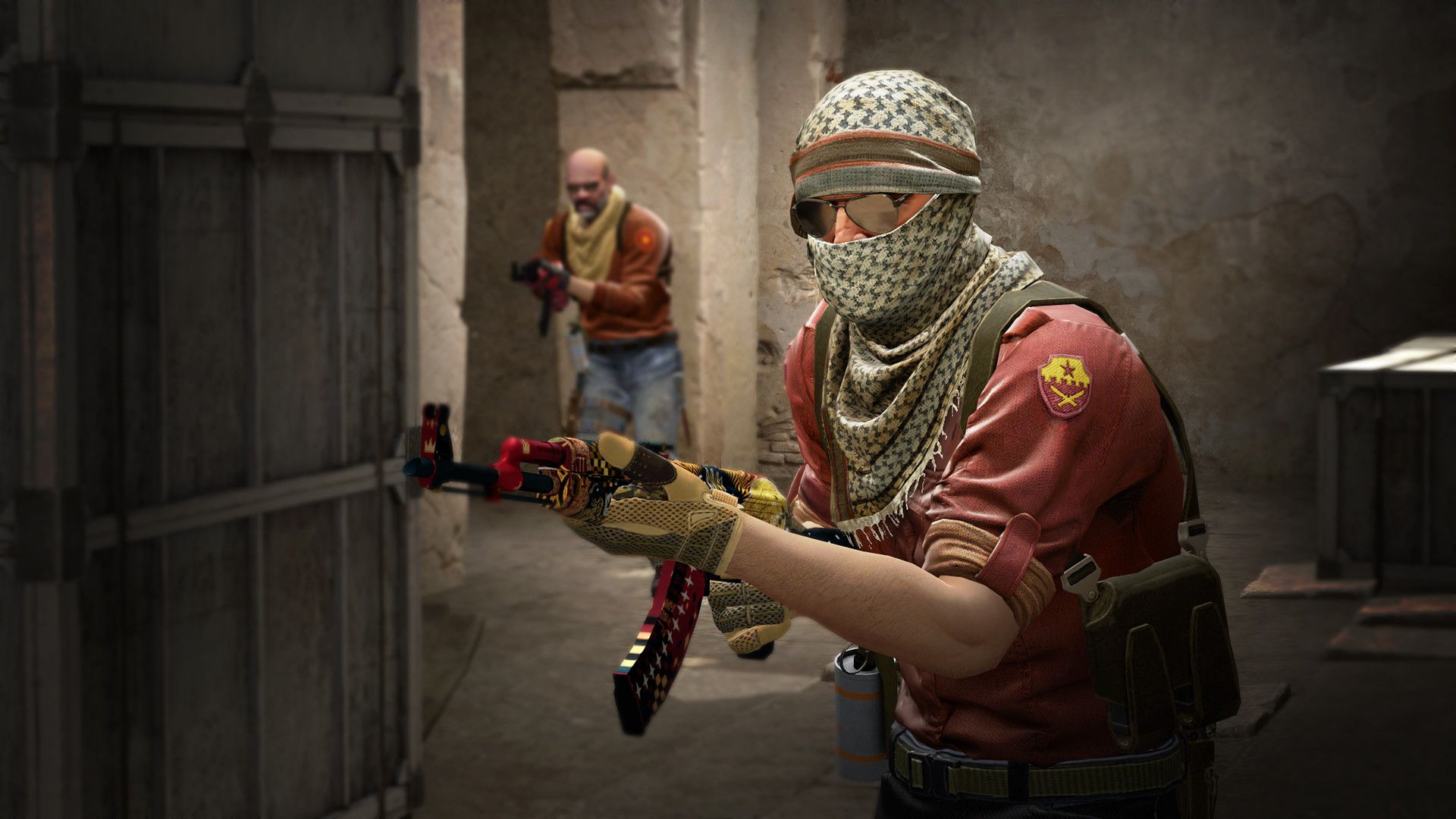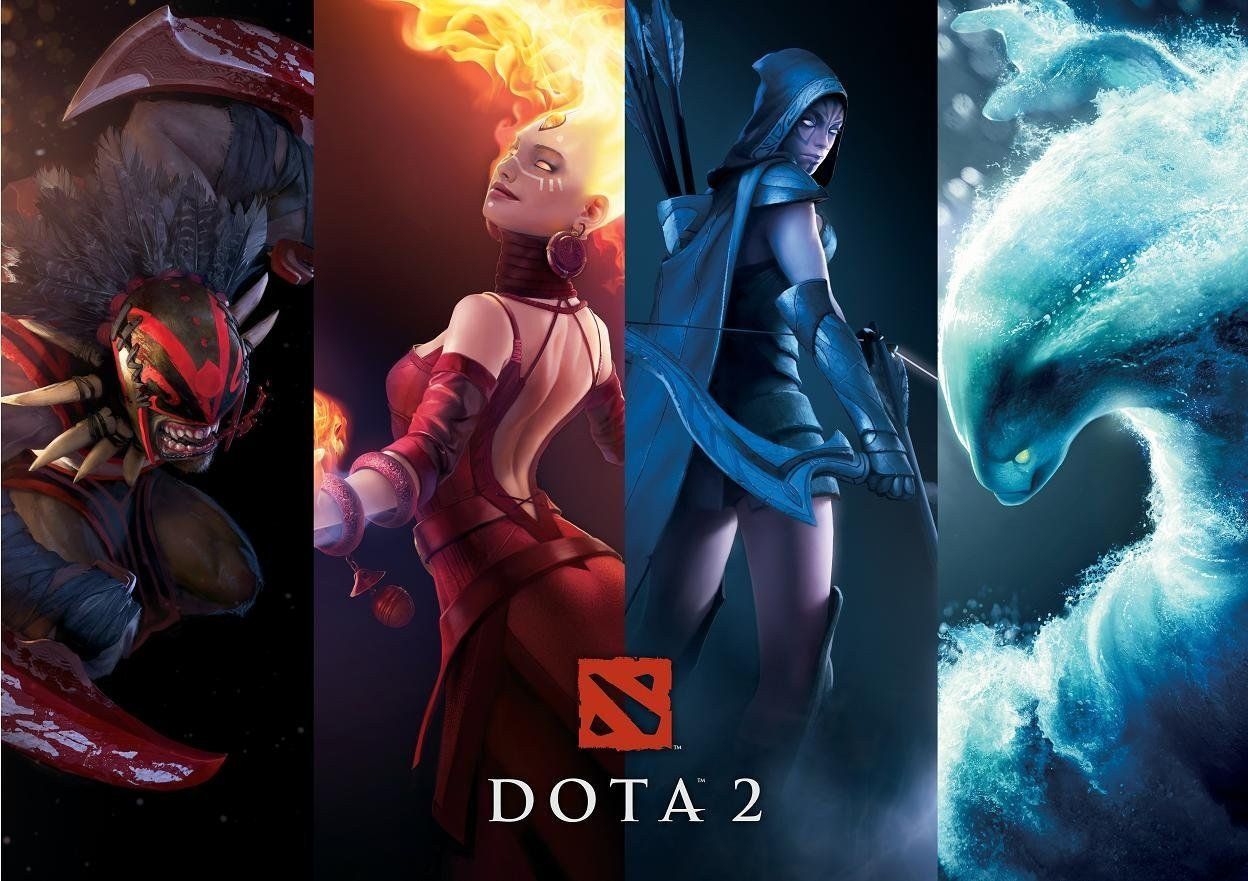Money isn’t everything – but it’s a generally accepted measure for all sorts of things. For example, the size of annual prize pools can tell you something about how popular an esport is and how well its competitive scene is doing. 2021 was a wild year for competitive gaming – again – as it was for many other sports. Arenas remained empty for the most part, and it wasn’t until the end of the year that event organizers managed to fill stadiums again. The bags with prize money, however, were as full as ever. But which esport distributed the most money to its athletes in 2021?
Around $7.3 million
Surely, you are now thinking that this must be a mistake. League of Legends (LoL) in seventh place? The developer has enough money to make a Netflix anime! But Riot Games has a slightly different philosophy than most of the other publishers on this list. For LoL being one of the leading esports titles in the world, the prize money is actually comparatively modest. The world champion team EDward Gaming “only” received around half a million dollars total for its success.
In return, professionals who play and compete in the MOBA title receive high salaries from their teams, which in turn can secure their own income via the game’s leagues. Riot Games wants to create as healthy an ecosystem as possible for the organizations and athletes in the scene. Million-dollar prize pools always make the headlines, but prize pools that are only high for a few top teams and leave nothing for the rest are dangerous for a scene in the long run. That’s the theory Riot Games is acting on, anyway.
Around $9.5 million
Some publishers see esports primarily as a marketing tool. In Fortnite, the game itself is the marketing tool and esports is not really high on Epic Games’ priority list. The developer dropped respectable prize money in 2021, though that somehow seems small in view of the sheer enormity of Fortnite, and repeatedly ties the major competitions of the game’s esports scene into the larger structure of the title by providing similar virtual public viewing events to the digital concerts of big stars.
The title is deliberately transformed more and more from a game into its own platform by Epic Games. Sure, esports has a place somewhere on this behemoth, but the focus is clearly not on the competitive aspect, which sets Fortnite apart from the rest of this list and makes it feel like the game’s esports scene is merely some unimportant, tagged-on thing, one of many little gears in a giant machine designed to garner attention. Epic Games follows trends in Fortnite and esports is merely one of those – one of many boxes to check. The latest superhero crossover event, where users can buy a virtual costume, is simply far more relevant to the publisher, as well as the game’s fanbase, than providing and expanding competitive structures, balancing weapons for high-level games, or ensuring that matches become more viewer-friendly. That doesn’t take away from the fun, but also doesn’t exactly sit well with hardcore fans.
Around $12.3 million
If you’ve never heard of a game on this list, it’s probably Arena of Valor (AoV) – in fact, the title isn’t particularly popular or even well-known in the West. Similar to League of Legends, AoV is a MOBA title, but it is played on mobile devices and the Nintendo Switch. The main market for the game is East Asia, and it is especially popular in China and Taiwan. It was developed by TiMi, the creator of Pokémon UNITE based on the same concept, which was released worldwide in 2021.
AoV is so popular in Asia that it has already made several guest appearances at pan-Asian sports competitions as a demonstration discipline for esports – in 2023 it will be present in this role at the Asian Indoor and Martial Arts Games. Incidentally, the roughly $12 million in prize money from this year is only a temporary peak: in 2022, AoV’s world championship will be merged with that of Honor of Kings, the original Chinese version of this international offshoot – that will nearly double the annual prize pool. The pros should be pleased.
Around $14.5 million
The game that kicked off the hype surrounding the battle royale genre, which continues to this day, remains popular with fans around the world and now has a well-established esports scene. The mobile version of PUBG is one of the most popular apps of all in many Asian countries. In India, there was even great public debate last year because the government put PUBG Mobile on a list of banned apps from China in the wake of the political conflict with the neighbouring country (Tencent was heavily involved in the game at the time, but it has since returned to app stores after some changes).
The game’s competitive mode interestingly sends quintets of allied players into the field – so the shooter follows the successful formula of CS:GO and the MOBA titles, although it was originally based on sole survival.
Around $16 million
Yup, it’s PUBG again, but this time it’s the original PC version, which was officially renamed to PUBG: Battlegrounds this year. Yeah, it’s a little redundant, because the acronym already has “Battlegrounds” in it, but the move is meant to differentiate the original from the new PUBG: New State game (it’s new, ok) which launched this year on mobile. Despite talk about PUBG being a dying game on PC, its desktop esports scene feels very much alive and managed to outdo its mobile counterpart in terms of prize money. Plus the original PUBG game is going free-to-play on PC and Jan. 12, 2022
PUBG also has one of the most international scenes in esports in terms of top teams – any major region can field the best team in the world on a good day, which is not a given, considering South Korea’s long dominance in League of Legends or StarCraft, to name some famous examples.
Around $21 million
Of course, CS:GO cannot be missing from this list: The king of competitive shooters has started reopening stadiums in 2021, filling arenas in Northern Europe to remind us of better times. Not that the current era is bad for the title’s pros. Competitions take place in CS:GO practically all the time, and Valve’s loose handling of the scene allows independent tournament organizers to hold competitions in the first-person shooter themselves. On the one hand, this can seem confusing to potential viewers, but on the other hand, it also ensures that there is practically always a tournament running somewhere in CS:GO, which is great for viewers who simply can’t get enough of those juicy AWP head shots. It’s also bad for this list, because by the end of the year the total prize pool will have added a few more dollars, making the above number out-dated.
Valve is thus in stark contrast to Riot Games, which controls virtually the entire esports scenes of its titles itself in detail. It’s been fascinating over the years to observe the various pros and cons of these approaches – a study that will surely continue.
Around $47.2 million
By now, every news agency probably has a standard article for the fact that the next edition of The International, the world championship of Dota 2, has set a new prize money record. This is not because of Valve’s generosity. Take the last edition of the tournament: the publisher itself invested around $1.6 million, while the remaining $38.4 million came from the fans. The fans can increase the prize pool of the world championship via an annual battle pass (the Compendium) to the tournament.
Valve itself earns from this, too, because only a small part of the revenue from this battle pass actually goes into the prize pool, making it probably the most effective publisher in terms of generating direct value out of its esports scene. Year after year, fans put more money into the game and the prize purse grows, leading to the aforementioned headlines. So it’s not that anyone actually minds Valve taking a big cut, it is providing the battle pass content after all.
As you can see, The International makes up a huge portion of the total prize pool for the year. Once again, Valve is at the other extreme to Riot Games here. While this dynamic makes headlines and turns the winners of the tournament into millionaires literally in a day (which certainly is part of the charm, as every spell or move is potentially worth a ton of cash), in exchange, virtually the entire scene of Dota 2 is hyperfocused on The International. To exaggerate a bit: Those who don’t make it there are in danger of disappearing into oblivion. Valve is working on a better, broader foundation for the scene, but more than other esports, Dota 2 will remain a discipline where only the really big fish can eat properly for the time being. They are making for damn good entertainment while fighting over that food, though.
Written by Marco Wutz on behalf of GLHF.
Sign up for the For The Win newsletter to get our top stories in your inbox every morning
She’s available now too.
Blindfolded Sekiro was the highlight.
The platform’s biggest female star almost calls it quits.
![]()
© Copyright For The Win 2022
![]()
Powered by WordPress.com VIP
Please enter an email address.
Thanks for signing up.
Please check your email for a confirmation.
Something went wrong.











